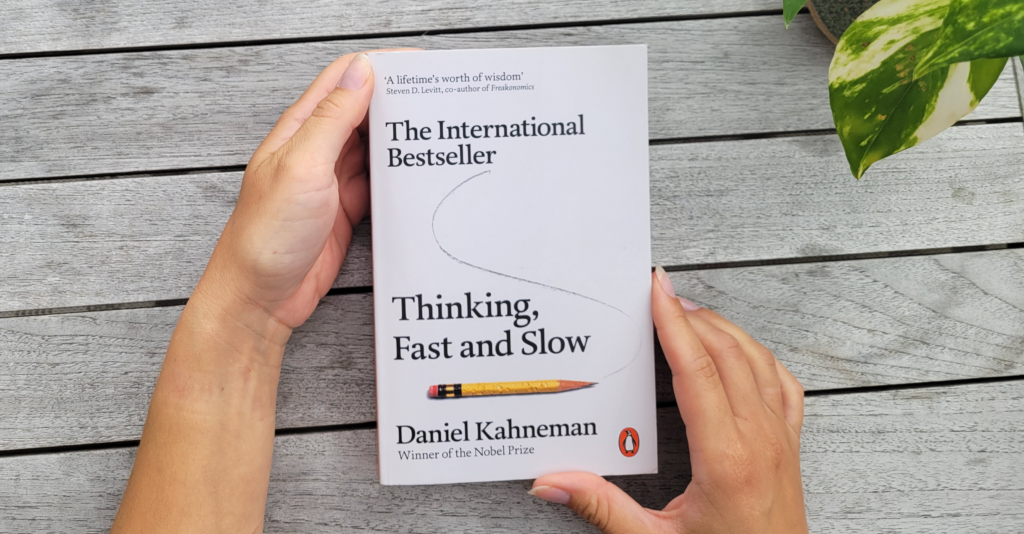Thinking Fast and Slow: Book Review
Thinking, Fast and Slow” is a groundbreaking exploration of the human mind by Nobel laureate Daniel Kahneman, presenting a lifetime of research and insights into how we think. Kahneman introduces two primary systems that drive the way we think and make decisions: System 1, which is fast, intuitive, and emotional; and System 2, which is slower, more deliberative, and more logical. Through a series of engaging and often surprising examples, Kahneman reveals how these two systems shape our judgments and decisions in ways we might not be aware of. It delves deep into the intricate workings of our minds, exposing the hidden systems that drive our thoughts, judgments, and decisions. The book’s central thesis revolves around the concept of two distinct thought systems.
The book delves into the cognitive biases that stem from our reliance on System 1, including overconfidence, the anchoring effect, and the availability heuristic, demonstrating how they can lead to errors in judgment and decision-making. Kahneman also explores the impact of loss aversion and the status quo bias on our choices, highlighting the profound implications for individuals, businesses, and society.
One of the most compelling aspects of “Thinking, Fast and Slow” is its accessibility; Kahneman masterfully simplifies complex psychological concepts without diminishing their significance, making the science of thought and decision-making fascinating to a wide audience. The book challenges readers to reflect on their own thought processes and to recognize the limitations of intuition, advocating for a greater awareness of how our minds work and for the thoughtful application of System 2 thinking when it matters most.
However, some readers may find the detailed explanations and the abundance of psychological studies overwhelming, and the book’s length and depth could be seen as daunting. Despite this, “Thinking, Fast and Slow” is an invaluable resource for anyone interested in understanding the intricacies of human thought and behavior. It not only illuminates the often invisible operations of our minds but also offers practical insights into how we can make better decisions, both as individuals and within organizations.
Strengths:
- Groundbreaking insights: The book challenges the notion of human rationality, offering a nuanced understanding of how we truly think.
- Engaging writing: Kahneman’s storytelling ability keeps the reader absorbed, even when tackling complex concepts.
- Real-world applications: The book provides valuable insights for improving decision-making in various domains.
- Impactful and influential: Thinking, Fast and Slow has become a cornerstone of behavioral economics and psychology, impacting numerous fields.
Potential considerations:
- Length and complexity: The book’s extensive content and academic roots can be challenging for casual readers.
- Focus on individual biases: While insightful, the book might underemphasize the influence of social and cultural factors on decision-making.
In summary, “Thinking, Fast and Slow” is a masterpiece of psychological insight, offering profound observations on how our minds work and guiding us towards more conscious and reasoned thinking. Kahneman’s work is not just a book but an invitation to think differently about how we think, making it a must-read for those interested in psychology, economics, and the science of decision-making.














Post Comment